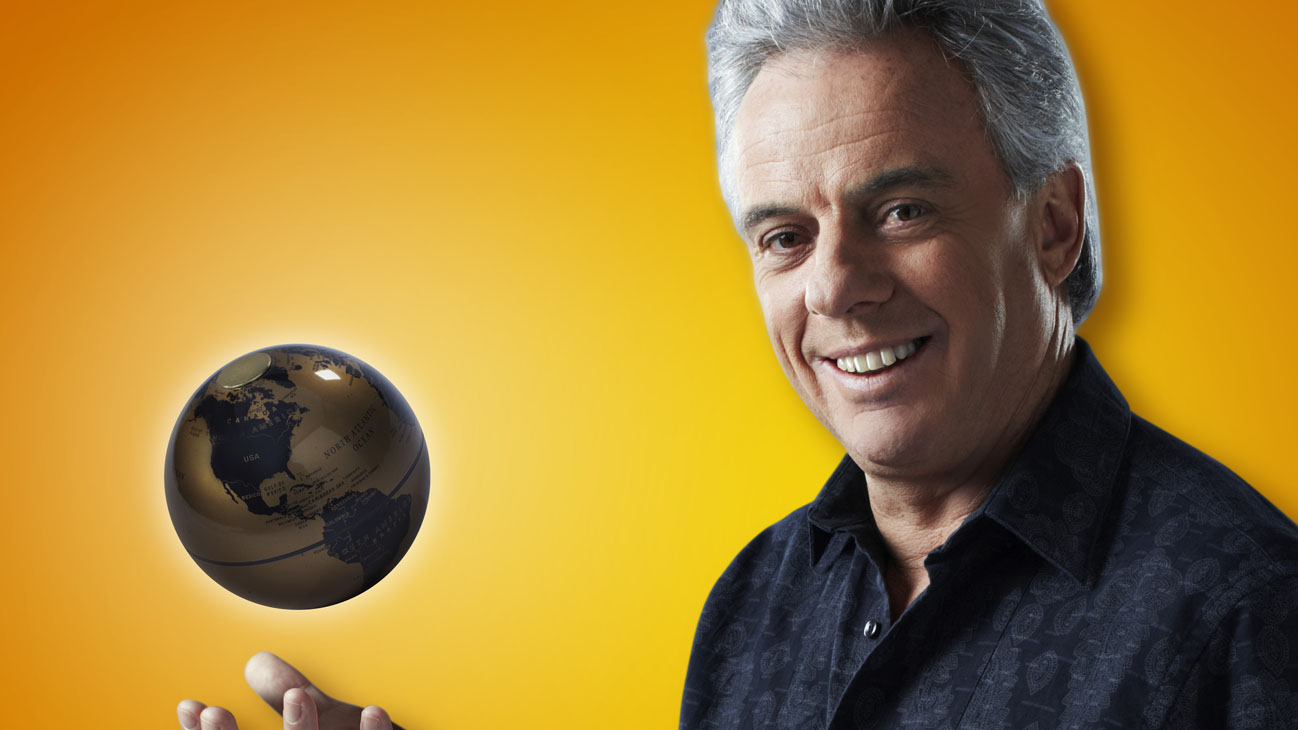Loved by audiences across Canada for making complex scientific issues understandable, meaningful, and fun, Bob McDonald is in high demand. A fixture in broadcasting for more than 30 years, he is currently the host of CBC Radio’s Quirks & Quarks, the award-winning science program that is heard by 500,000 people each week. In this blog post from CBC.ca, Bob predicts big things happening in space this year!
This year will see a lot of activity in space, as new robots reach Mars, another robot touches a comet, a new capsule to transport humans makes its first flight and private enterprise continues to lead the way in leaving the planet.
Two new robotic probes will enter Mars orbit this year, one from NASA and one from India.MAVEN will study the slowly disappearing Martian atmosphere, and the Mars Orbiter Mission, known as Mangalyaan, will search for methane in the Martian air, a possible sign of biological activity.
The most exciting and long-anticipated robotic mission is Europe’s Rosetta spacecraft, which will catch up to a comet, then set a probe onto the icy surface, which has never been done before. There should be spectacular images from this mission. The spacecraft has been journeying for 10 years to reach the comet, so anticipation is high for a successful rendezvous next November.
The American successor to the space shuttles, a capsule named Orion, will make its first test flight into space. Resembling the Apollo capsules that went to the moon, the much larger Orion will make its first journey with no one aboard, flying up to an extremely high orbit more than 5,000 km above the planet.
By comparison, the International Space Station is only 400 km up. The high flight is to duplicate returning from deep space, where Orion is designed to fly – such as out to an asteroid and eventually on to Mars. Spacecraft returning from great distances enter the Earth’s atmosphere at much higher velocities than the space shuttles did, so this flight will be a test of the heat shield and complicated parachute system that will provide a safe return to Earth.
Future astronauts will find returning to Earth in Orion a lot less comfortable than the smooth runway landings of space shuttles. After floating weightless for months on a journey to an asteroid and back, the crew will be crushed into their seats, feeling many times their weight as the capsule slams into the atmosphere. They’ll also experience the shock of a complicated sequence of parachute openings, swinging back and forth under those parachutes, then plunging into the ocean, possibly flipping upside down, and finally bobbing in the waves until they are retrieved by a ship. That doesn’t sound very pleasant for the stomach. I thought we got past all that in the 1970s.
Meanwhile, Sir Richard Branson’s Virgin Galactic Spaceship Two, which does have wings and lands on a runway, will make a full-powered test flight all the way to space – and may even make its first tourist flight with Sir Richard himself and his family this year. After that, commercial flight will begin for the princely sum of $250,000 a seat. So far, more than 500 people have signed up. I’m still waiting for a sponsor.
Finally, other private space companies Space X and Orbital Sciences will continue to launch supply missions to the International Space Station, which itself will host five crews throughout the year.
Those are the scheduled events in space, but of course, there are always the unexpected arrivals of asteroids and comets that grace our skies, sometimes in most spectacular ways. So keep your heads up!
Bob McDonald/CBC.ca

